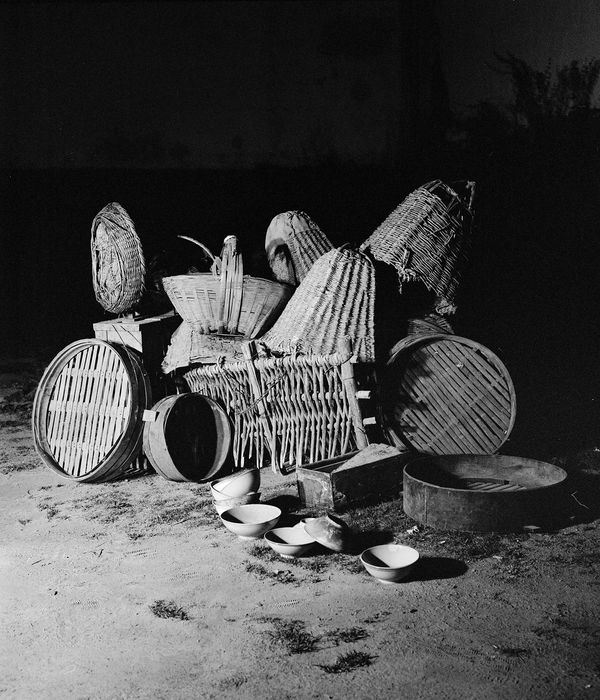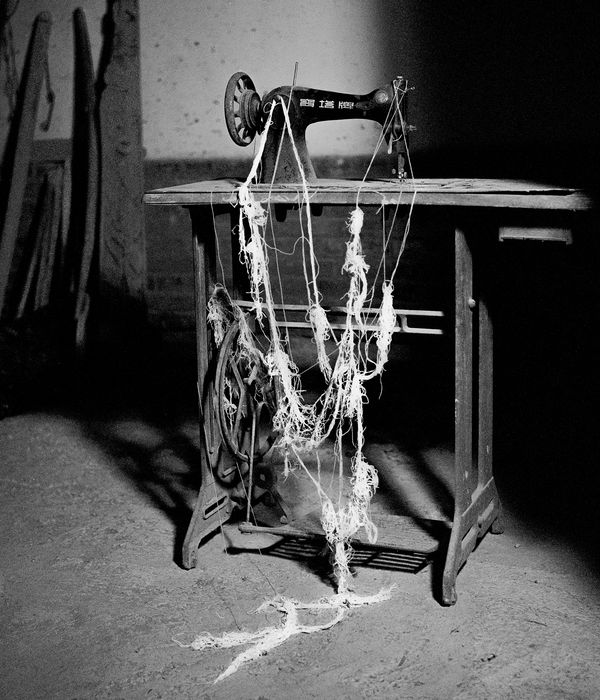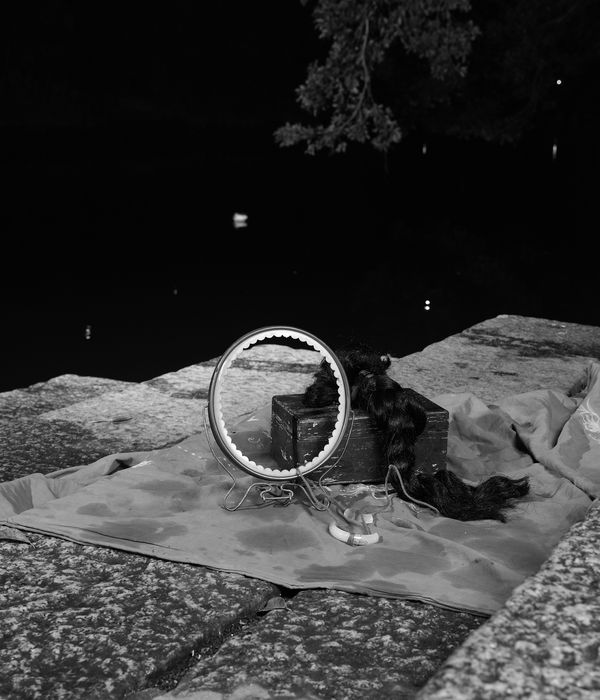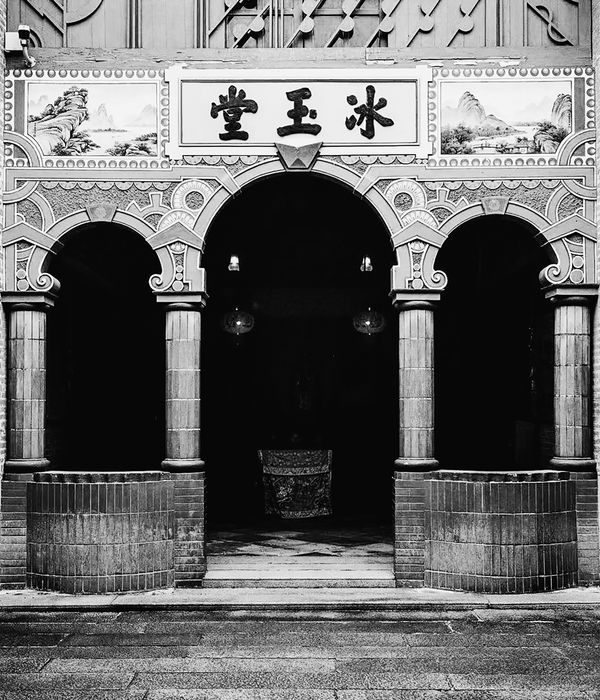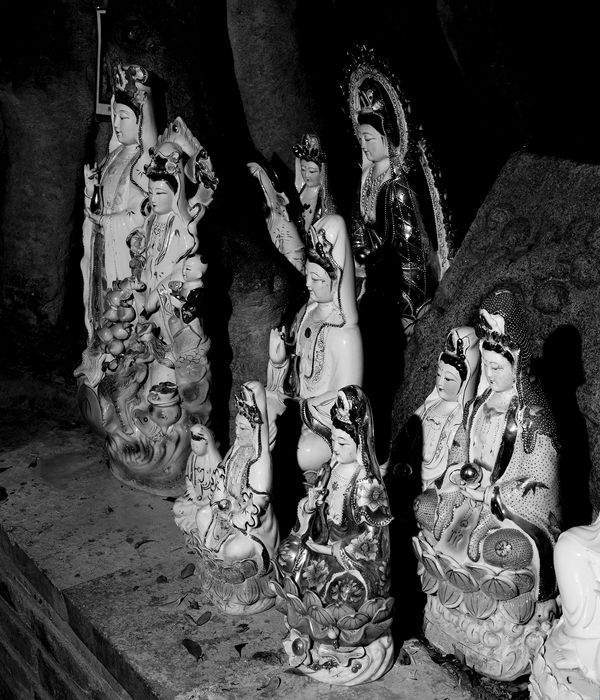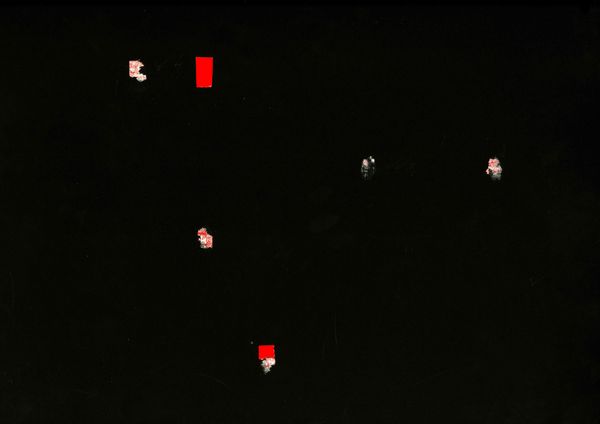The Comb Stone
-
Dates2021 - 2021
-
Author
- Topics Contemporary Issues, Fine Art
- Location Guangdong Province, China
The "Self-Combing Woman" as an Early Chinese Feminist
Early 20th-century periodicals and pictorials depicted "self-comb women," or zishunü, as "dangerous sirens" in anecdotes and "homosexuals" in the vile traditions of Comb Sister; the paradigm formed by 21st-century Western feminism views self-comb women as victims rather than rebels. Through the ritual of "brushing up their hair," self-comb women made new choices in their course of life—choosing not to live with their husbands or not to marry; however, they were still constrained by the moral law of "filial piety" and "chastity"—they had to buy a Spirit tablet or buy a marriage with a dead man to fulfill their social obligations. In the face of stigma, self-comb women position and identify themselves through the worship of female gods. Today, self-comb women might be seen as feminists "in the gaps," "incomplete," and loaded with "superstitious" undertones. But their daring practice of self-empowerment is all the more prudent in a historical and cultural context full of "confusion" and "repression."
Through performance and installation, I hope to transform the depiction of the self-comb women in the early 20th-century periodicals and pictorials into digital images with a surrealist touch, with an attempt to explore the localized and diverse gender equality practices spontaneously generated by women in the Third World outside of the Western feminist perspective—how women reflect on and empower themselves through religion and surrealism, in order to awaken their own self-awareness.
